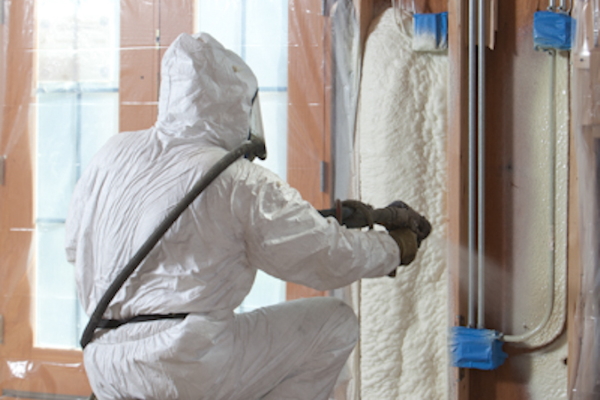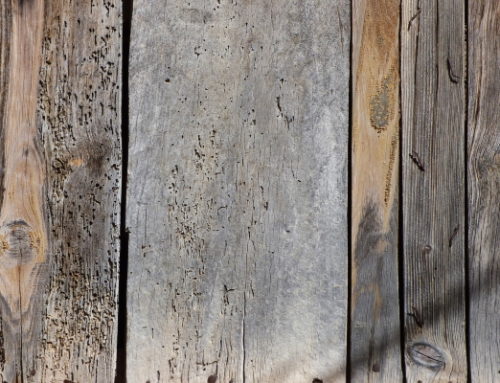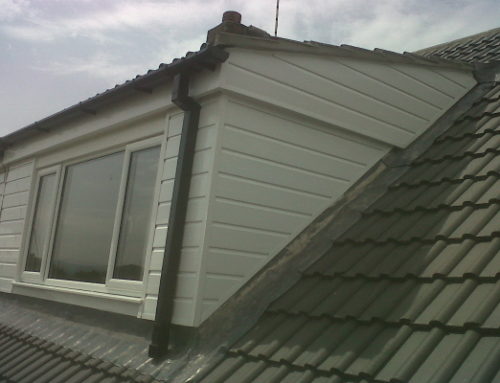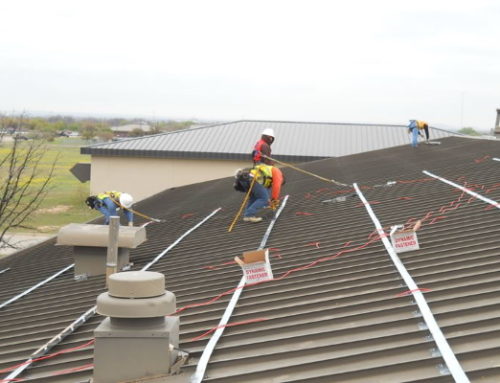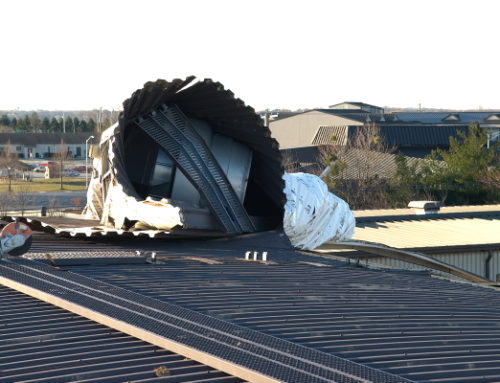Commercial roofing in Clinton Township MI is more affordable than it was thanks to the creation and mass manufacture of single-ply membrane roofs and asphalt-rolled bitumen in the 90s. These materials replaced concrete and specially manufactured yet expensive traditional roofs for commercial properties. On the other hand, roofing manufacturing technology and materials continue to progress steadily. Spray polyurethane foam roofing is undoubtedly an excellent indicator of this progress.
Spray polyurethane foam is a liquid-based commercial roofing material. In fact, only experienced roofers in Clinton Township MI with decades of experience and have all the necessary qualifications can use it. In addition to being a fresh roof material you can install with, spray polyurethane foam roofing is a useful roof repair material. Here’s Home Advancement with an explanation how it achieves it.
Spray Foam Roofing Repair
Spray foam flat roofing is virtually leak-proof if properly installed. Here is how to find and repair your spray foam flat roof if the system fails.
Spray foam roofing is also known as Spray Polyurethane Foam or SPF roofing. It is a strong and lightweight flat roof solution. A spray foam roof should be inspected after any strong storm, but a full professional inspection is only required every five years.
Locating the Damage
It is easy to locate damage on a spray foam roof since the membrane is ‘closed cell.’ In a closed cell foam, each air pocket is completely surrounded by solid material. Alternatively, an open cell foam has air pockets which connect (think of a bath sponge.)
This means that it is unlikely that there will be a crack or hole through the entire SPF membrane. It is more likely that a chunk will come off or there will be a shallow crack. In fact, the only way an SPF flat roof can leak is if a hole is punctured through the entire substrate. This also means that water cannot move laterally on an SPF roof. This not only protects your home, but allows you to quickly locate a problem visually. If you do have water leakage in your home, call a professional roofer right away. This indicates a major failing in your SPF roof system. (Continue)
True enough, spray polyurethane foam roofing sounds like an excellent choice for all your commercial roof repairs. It can fill in cracks, dry up, and leave your single-ply membrane, asphalt roll, or even concrete roof looking good as new. On the other hand, no roofing material is perfect. Spray polyurethane foam is an exceptional material for installing roofs, but it brings a specific set of risks too.
West Roofing Systems has a great list of disadvantages. While these may put off some readers, it’s worth knowing to make sure you can cope with any shortcomings once you decide to use spray polyurethane foam roofing for both a new roof or roof repairs.
CONS OF SPF ROOFS
Not All Contractors are Created Equally
The application of the spray foam is a process that needs to be done correctly from the beginning. The contractor needs to be precise with the application and have a solid understanding of the chemicals they are using.
It doesn’t take a large crew to install an SPF roofing system, but it requires a high degree of technical knowledge and experience.
The Spray Polyurethane Foam Alliance (SPFA) has an ISO-17024 compliant certification program that has multiple levels, requires the contractor to pass an exam and meet the criteria for a certification.
If the roofing system is installed incorrectly, it can be detrimental to the lifespan of the roof and underlying substrate.
Limited Installation Window
SPF can only be sprayed during specific weather conditions. Installation of an SPF roofing system cannot be performed when there is ice, frost, surface moisture, or visible dampness on the existing roof. (Continued)
Is it possible to DIY install spray polyurethane foam roofing? While we will discourage anyone from attempting to DIY spray polyurethane foam roofing, it is worth knowing the ideal process experienced roofing contractors should follow during installation.
No Clinton Townhip MI property owner should immediately decide to use an in-house team without any license to do so. This is an act against the law and can get you in trouble. For the sake of reference, here is the process Best Materials lists efficiently. Read more below.
Foam Roof, Large Repair Procedure:
1. Cut out and remove all wet and damaged foam roof areas. Scrape all the old foam out using a Roof Scraper
Let the roof surface dry completely.
2. Patch any problem areas you may find in the underlying deck with Eternabond RoofSeal Black
3. Re-foam the damaged or new roof areas with RHH FOAM HIGH-DENSITY roof foam (1.75 or 2.8 lb/cu.ft. type) in self-contained dispensers. More information on Spray Foam Products and methods.
Hints: Using the foam is easy. Attach the hoses, turn on the valve, apply foam to areas. Immediately, while foam is still wet, use something like a long 2×4 to tool it flat like the remained of the roof which is not cut-out. This is really sticky stuff so be prepared with some rags and wear disposable gloves. Work quickly. Foam will skin quickly and set up in minutes.
4. Coat the top of the foam with a premium elastomeric roof coating to protect it from future damage: We recommend RoofMate HT, or Ultra Shield.
It would be a good idea to coat your entire foam roof with this material if you think you would like to protect the rest of it from more damage in the future.
Foam Roof SMALL Repair Procedure:
1. Find locations of penetrations into foam. Be sure the foam is dry completely. (Continued)
Remember, spray polyurethane foam roofing requires experienced and top-tier roofing contractors to perform the necessary roof repairs. However, when it comes to exceptional residential and commercial roof repairs that require no spray polyurethane foam roofing application, you can count on Miller’s Home Improvements. We are a decades-experienced roofing company you can depend on. Learn more about what we can do for you by calling us today!


